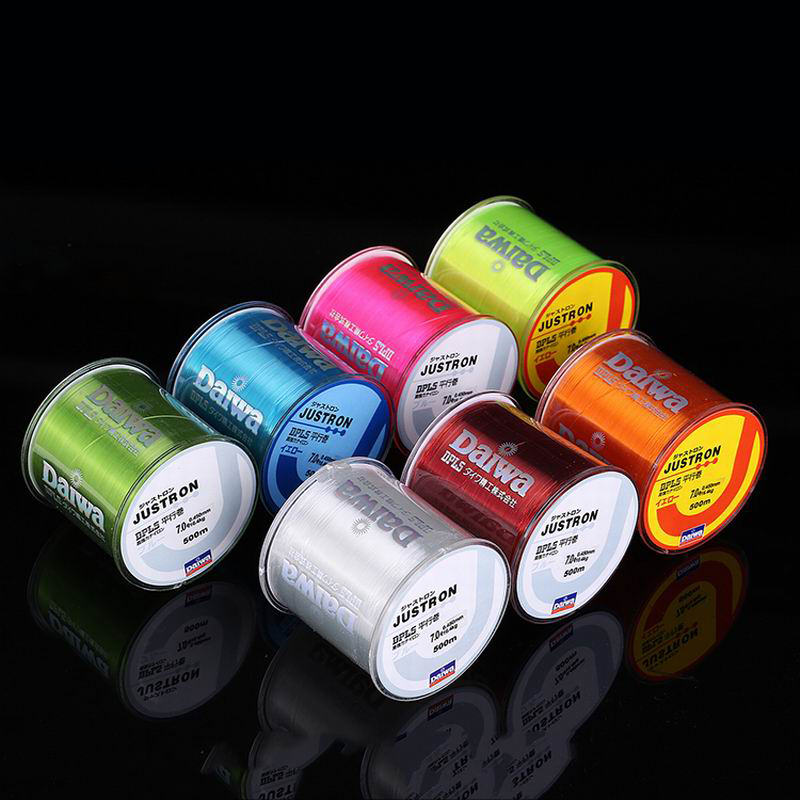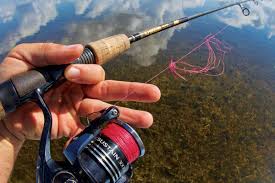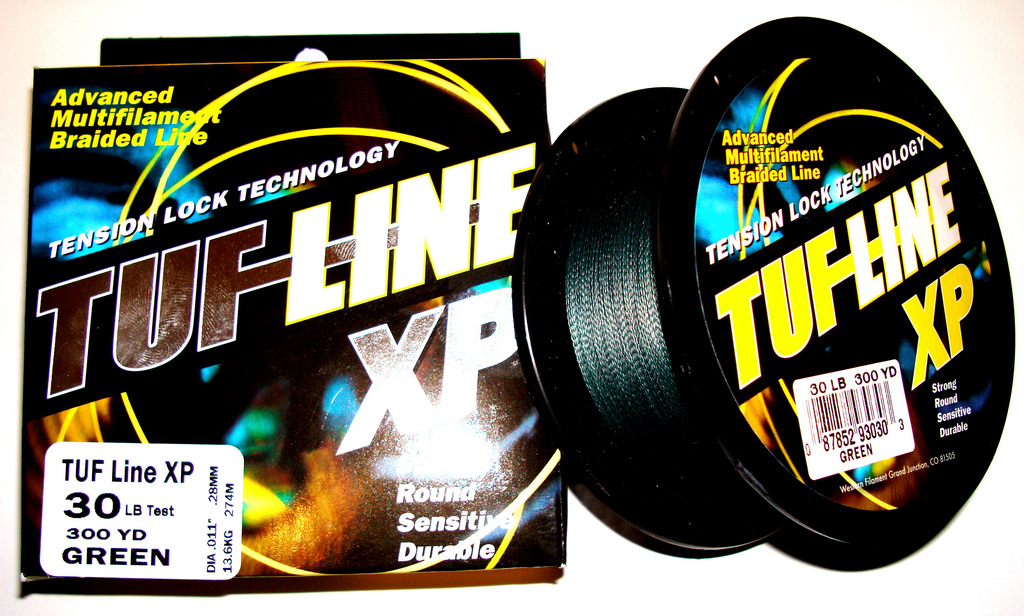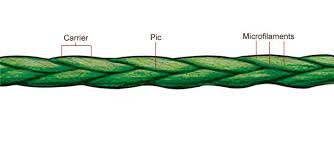By Neil Taylor
Braided versus Mono:
A majority of saltwater anglers have made the transition to braided lines over the past 15 years. But Mono has not completely disappeared. Some people still use it exclusively. Mono does have a nice lightness to it. It’s much less visible in the water versus the braid. Braid wins in durability and lasts a great deal longer than mono will.
Closing the bail manually after a cast will reduce problems with casting knots with braided lines. You want to make that adjustment instead of “cranking the handle” to close the bail.
With monofilament, without question, the stretch and memory causes issues. I call it “the twisties.” After you have a large fish on the stretch of the line goes back to normal length and the monofilament twists. 
New Concept guide systems minimize tangles. Smaller guides equals better line control. Better line control eliminates casting knots.
Using braided lines: Zero stretch equals solid hooksets. It is just easier with no line stretch.
When to choose mono over braid? Taking a kid fishing? Switch to a spool of mono. Fishing with light lures and not an experienced angler? Use a rod with mono for fewer problems.
Handling those problems: Twist/Untwist- The knots you get will usually come out “what braid hath twist, will untwist again.” I consider them puzzles. I like clean spools of line without a bunch of splicing knots. I will put a rod away and work on it at home if it is a bad tangle. Most tangles I will handle while out on the water. 
A difference: Mono, tip wraps are not much of a problem. They happen less and are easier to deal with. Tip wraps with braided line can be more of an issue. “Tight tip wraps” will almost require a tool to get them undone.
Lighter lures, take the extra time to give the line a tug against the spool after each cast with braided line. Keeping line tight to the spool will mean fewer casting knots.
Mono is something to consider using if you just can’t seem to stop having problems. But, with some simple changes, you may not have that much trouble with braided line.
I agree with you on the lighter/Heavier lure being a Factor. I would also like to add that it is important to monitor your equipment as you use it. I try to make every cast matter, and pay attention to what I’m doing. Every cast is with intent and purpose. I find my tackle management much better with this attitude, and also my catches are more frequent and more rewarding.
The quality of your reel is also a large part of the equation…don’t skimp on reels, Reel quality can dictate the Quality of your time fishing. The better the reel the better it will be to handle braided lines. 
Trying to make that extra long cast? If your line isn’t tight to that spool, this could be when it stacks up on your blank. These are the casting knots aforementioned.
Casts off to the side are another culprit of the wind knot. Particularly in significant wind, casts made to the side are more likely to incur a casting knot.
What to use? You have your choices. I used monofilament exclusively in my younger years. Since about 2000 I have switched to almost exclusively braided lines. I used to keep more monofilament around. Now, braided lines perform so much better than they did originally, I would rather use that than other choices.
An “in between” choice that is actually a very good compromise: Fluorocarbon. Fluorocarbon lines are more durable than monofilament, better performance that monofiliament. It has that performance enhancement but not quite matching the overall durability of braided line. Main line fluorocarbons are definitely not a bad way to go.
Use what you want to use. I would say that there is a place for both. A solid third choice: Fluorocarbon main lines. Durability slightly better than mono, a little less stretch I would consider this before I would run monofilament on a reel.
What weight to choose? Me, I run all 15-pound braided line. I think the diameter is better than 20-pound. Ten pound I have found is more likely to break when you are working out knots. With 15-pound it is much less likely to happen.
Neil Taylor, owner and guide Strike Three Kayak Fishing.
Owner: www.capmel.com
Neil is a full time kayak fishing guide since 2005. Neil has been very involved with improvement projects throughout the state of Florida with the goal of making our fishing opportunities the best they can be.
- The Neil Blog… - July 26, 2023
- The Catfish - July 26, 2023
- update - July 22, 2023











